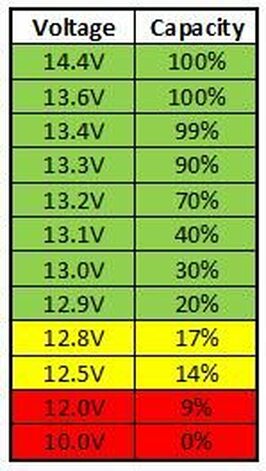For a 12v system all you really just need current limiting to avoid killing your alternator and voltage limiting to avoid overcharging the battery - that device has both. 13.8V isn't high enough to fully charge, but assuming no further voltage drop to the batteries is enough to get you most of the way there (I'm assuming LiFePo4 here). As a secondary (or 3rd?) method of charging a 12V system that's totally worth considering.
Edit: It explicitly says parallel is fine, so that's a nice, but drawing a ton of power at idle is where you're likely to kill the alternator, much more than 30a to the batteries with the lights on and AC running, and the stereo... Going big means some sort of logic to be more intelligent than a set current limit I think.






